Among the lesser-known Purim celebrations in Jewish history, Purim Sebastiano stands out as a powerful commemoration of divine deliverance. Established by Moroccan Shoftim (judges) in the late 16th century, this unique Purim marks the miraculous survival of Moroccan Jews following the catastrophic defeat of Portugal’s King Sebastião at the Battle of Alcácer Quibir on August 4, 1578.
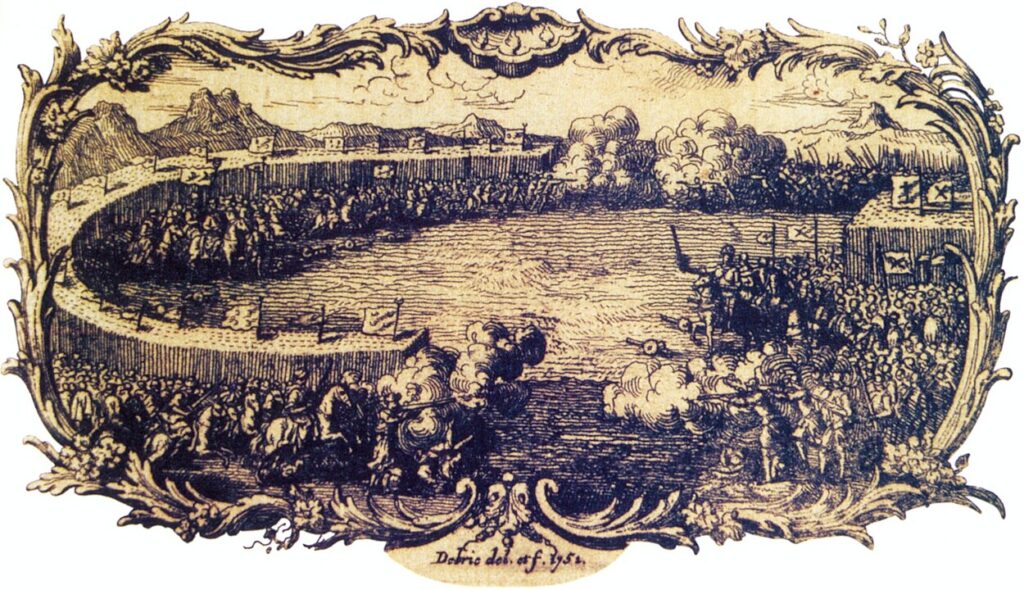
A Portuguese Haman and the Battle That Saved Moroccan Jewry
Thirteen years after the founding of St. Augustine, Florida—the oldest European settlement in what is now the United States—King Sebastião of Portugal launched an ambitious campaign to conquer Morocco. His goal was not only territorial expansion but also religious domination, intending to spread Catholicism and bring the Inquisition to North Africa. Like Haman in the Purim story, Sebastião sought the destruction of Jewish life as it had existed in Morocco for centuries.

Gathering a massive army with thousands of soldiers, ships, and weapons, he set sail to engage Sultan Moulay Abd-al-Malik of Morocco at what became known as the Battle of the Three Kings. However, Sebastião’s forces were utterly defeated. The young Portuguese king perished along with nearly his entire army, and the dream of bringing the Inquisition to Morocco died with him.
For Moroccan Jews, this was a miracle. With their communities spared from forced conversion and persecution, they likened Sebastião to Haman, the villain of the Megillat Esther, and established a new Purim in gratitude for their survival—Purim Sebastiano.
The Megillah’s Account: A Miracle Remembered
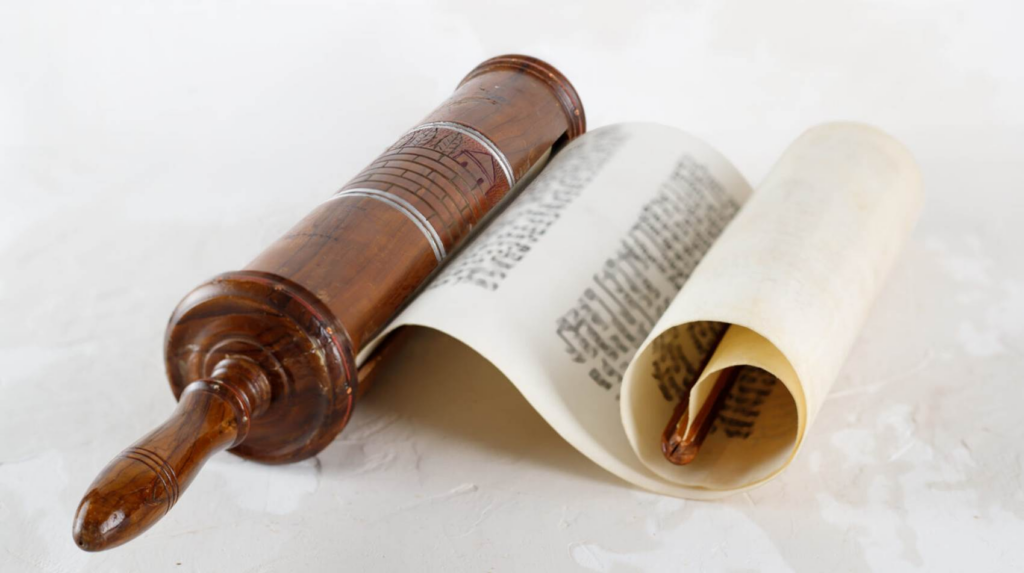
A special megillah—a handwritten scroll—was written to commemorate the events, much like Megillat Esther. It describes the battle and its miraculous outcome:
“Sebastião, King of Portugal, gathered a great army with horsemen wielding swords, bows, and spears, and a fleet of ships and barges set sail for Morocco. In his house of worship, he swore that should he succeed, he would baptize all inhabitants and slay those who refused.
On the second day of Rosh Chodesh Elul, his armies clashed with the King of the West. In a single moment, terror gripped them, and the wicked Sebastião fell with his commanders and soldiers. None escaped, not even those who fled. The camp was consumed by divine horror.
On that day, God brought music and joy. The Jews, the rabbis, and the leaders of the people declared that their descendants should commemorate this day each year—by giving charity, celebrating, resting from work, and making it a day of feasting and thanksgiving.”
For centuries, Purim Sebastiano was observed in Moroccan Jewish communities, particularly in Tangier, Tétouan, and Fez, where it was also called Purim de los Christianos and Purim de las Bombas. The celebration included the reading of the megillah, the recital of special hymns, and charitable giving to the poor.
A Lesson from History
The defeat of Sebastião did not just save Moroccan Jews—it also marked the beginning of Portugal’s decline. Less than a century earlier, Portuguese Jews had played a crucial role in the empire’s rise, contributing to its economy, sciences, and global expansion. Yet, in 1497, they were forcibly expelled or converted, and in 1536, the Inquisition took hold. Just decades later, Sebastião’s reckless ambition led to Portugal’s downfall, as his death triggered a succession crisis that ultimately brought the kingdom under Spanish rule.
Meanwhile, the memory of Purim Sebastiano traveled beyond North Africa. Some descendants of Sephardic Jews who had fled the Inquisition in Spain and Portugal settled in St. Augustine, Florida, in the late 1500s. These Anusim (forced converts), also known as Marranos or Crypto-Jews, continued to practice their faith in secret. Far from the centers of the Spanish Inquisition, St. Augustine was considered a safe haven for those escaping persecution. The survival of Moroccan Jewry at Alcácer Quibir, and the lessons of Purim Sebastiano, may have resonated deeply with these hidden Jews as they sought refuge in the New World.
The Purim Sebastiano Megillah on Display in Porto
Though Purim Sebastiano is no longer widely observed, its historical significance endures. A rare megillah recounting the miraculous events has been preserved for centuries and is now on display at the Jewish Museum of Porto. Exhibited from the month of Kislev, this artifact serves as a testament to Jewish resilience and divine providence.
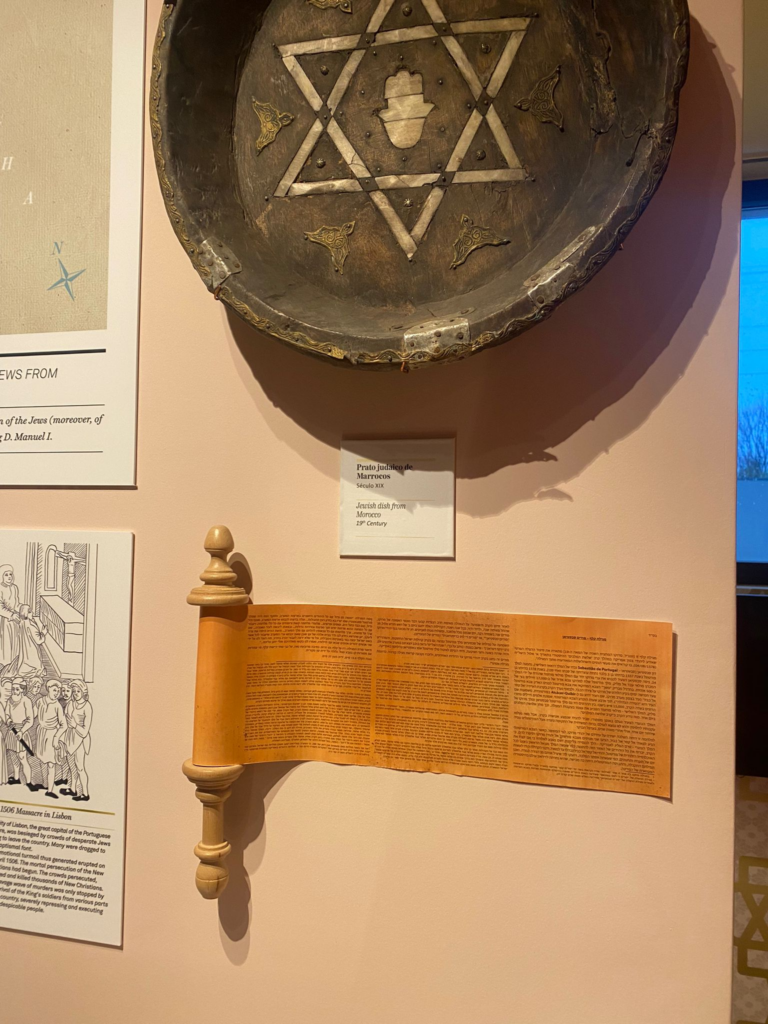
The Jewish Museum of Porto plays a vital role in preserving Portugal’s Jewish heritage, highlighting both the contributions of Portuguese Jews and the challenges they faced. By showcasing the Purim Sebastiano megillah, the museum ensures that this remarkable chapter of history is not forgotten, allowing new generations to learn about an extraordinary moment of deliverance—one that continues to inspire faith, survival, and thanksgiving.

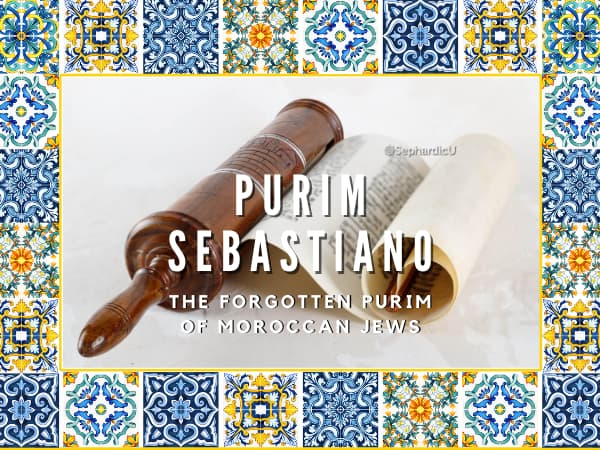

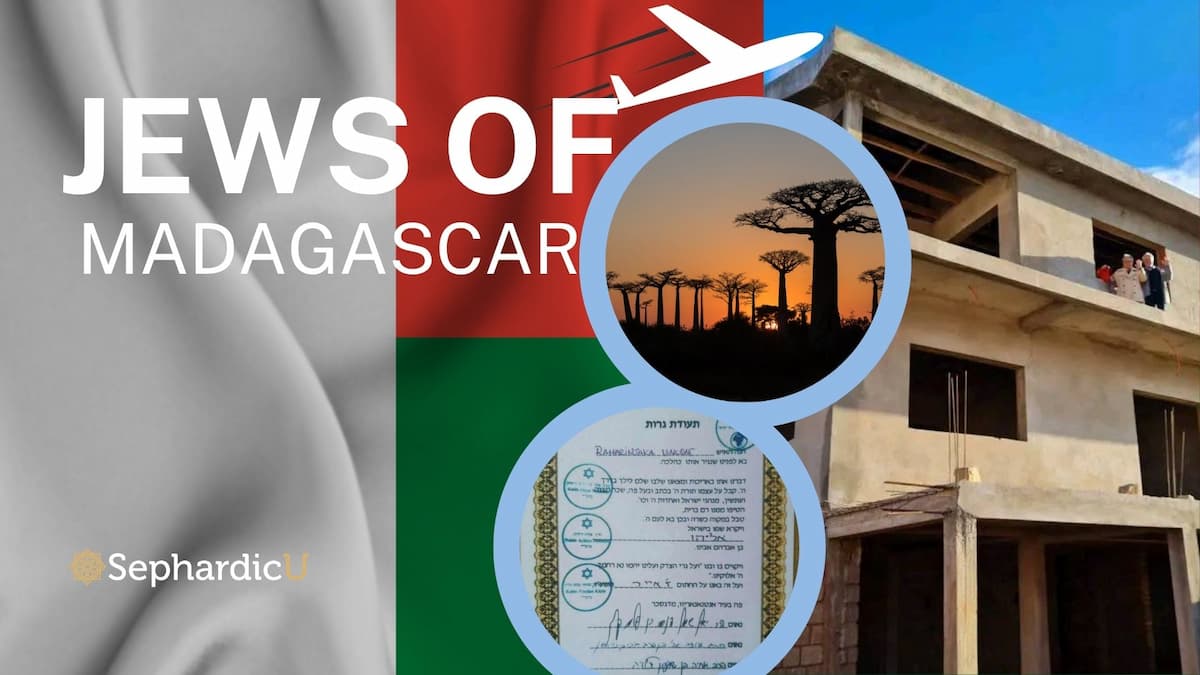
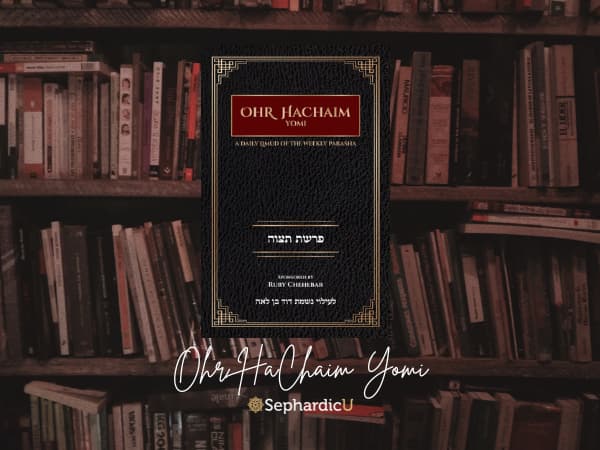
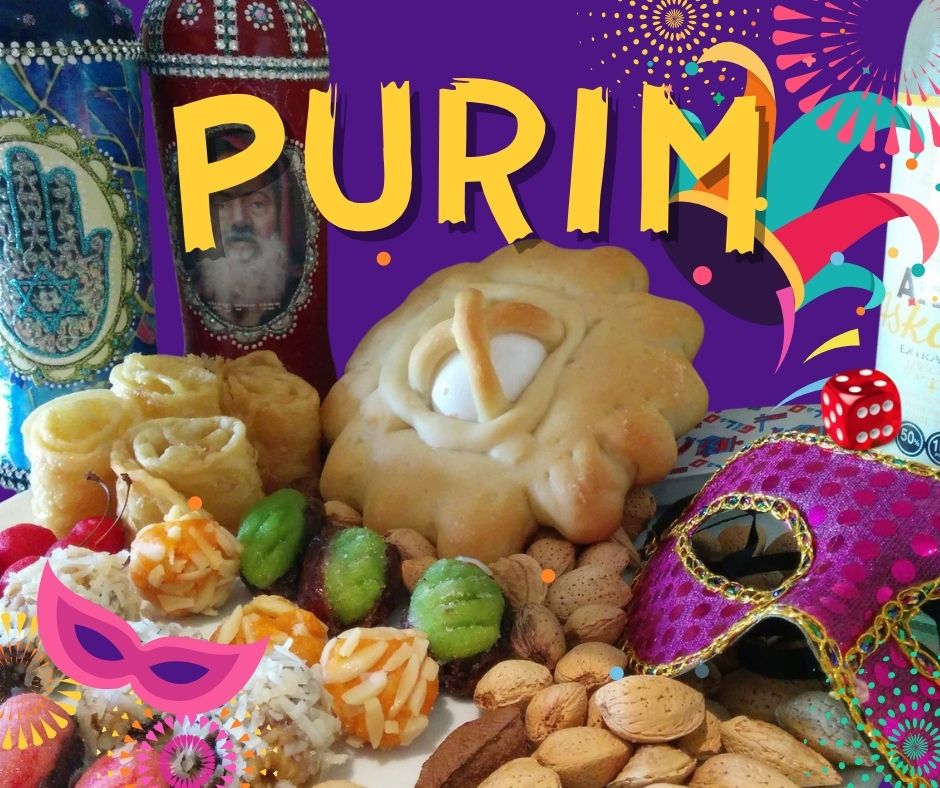
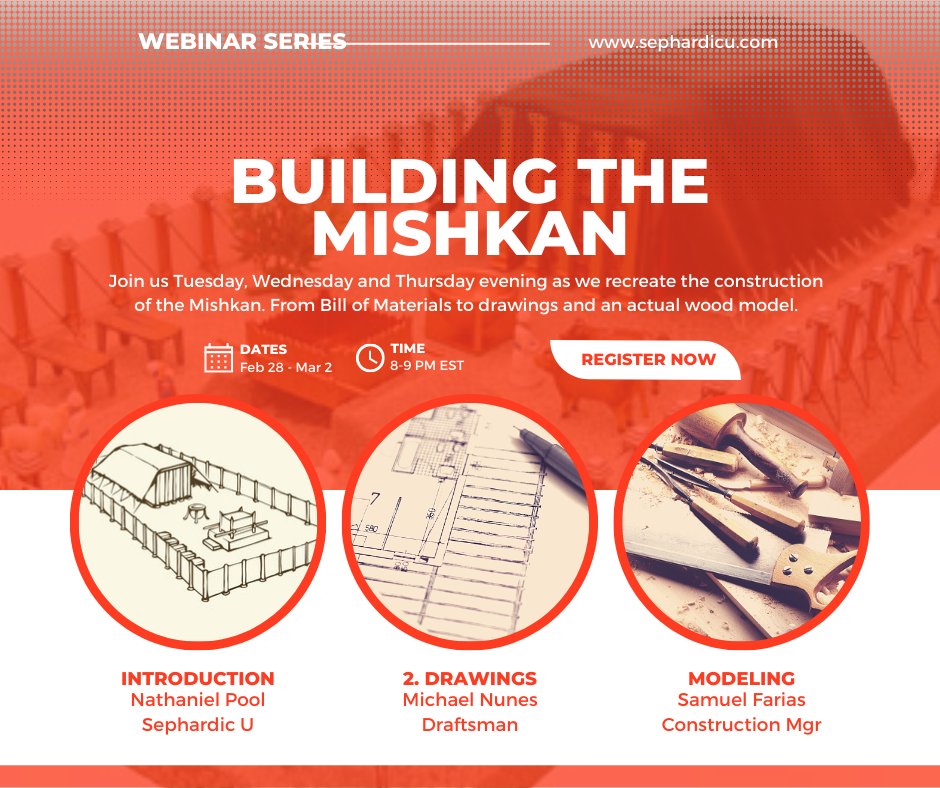

Ohr HaChaim Yomi – Emor